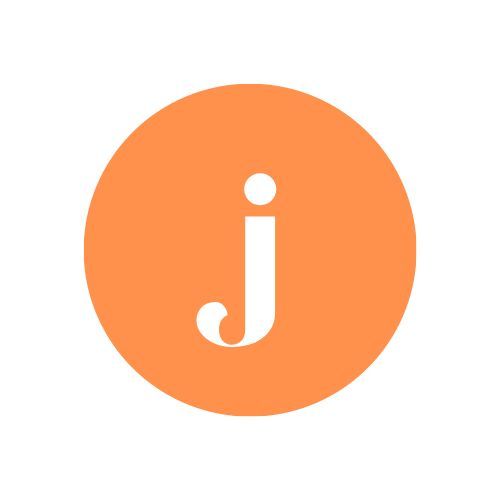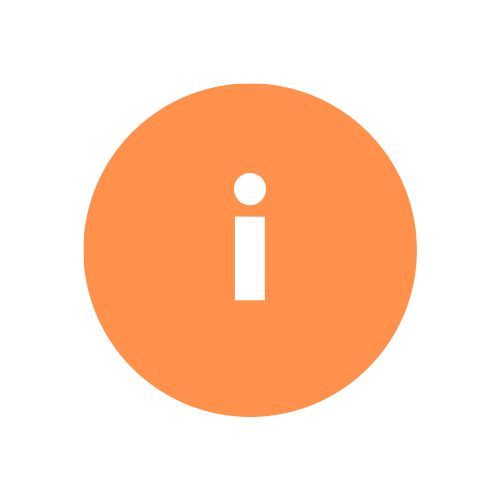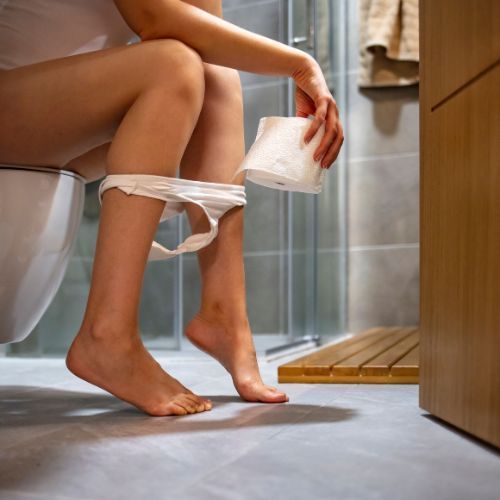
Breastfeeding 101: Let’s start at the beginning.
It is day 3/4/5 or whenever your milk develops (we used to say “comes in” but this is technically incorrect, as the pregnant body produces colostrum before delivery). Your perhaps previously small breasts have suddenly jumped up a few cup sizes and now resemble large blue bowling balls; this is called engorgement. You’ve been giving this feeding thing a good go for the past few days, and baby is (hopefully) latching well. It can take time to perfect the latch, so persevere and it’ll get quicker and easier for both you and bub.
Get Comfortable
- Make yourself comfortable, take a big breath and try to relax
- Be patient with yourself and with your baby. As the baby will pick up on your emotions and any stress around feeding or their attachment; particularly in the early days when their other senses are heightened until their vision develops
- Contrary to what you're told about breastfeeding not causing pain, there may be an initial moment of discomfort as baby latches. Once correctly attached, there should be minimal pain and only an odd prickling sensation for some women when the let-down occurs.
If you do experience discomfort it may be due to cracked or damaged nipples. Try to modify the position for feeding so the baby takes the areola in their mouth and not just the nipple. Alternatively you may wish to try a nipple shield. Speaking with a lactation consultant can be useful as there may be able to advise on modifying your baby’s latching technique. Some women find Lanolin cream applied before and after a feed helpful. Gently hand expressing a small amount of breastmilk which can be rubbed over the nipple after a feed (this is just one of the many amazing ways breast milk promotes healing!).
Engorgement… Ouch!!
Engorgement occurs when the breasts produce more milk than they can hold (common when your milk matures) or if a feed is missed. This causes the brea sts to feel hard and uncomfortably full. If this occurs and is left untreated, blocked ducts or mastitis may develop. Blockages and mastitis can also develop as a result of a tight bra or clothing, pressure from nursing pads or trauma to the breast/nipple. As tired as you probably are, if a thoughtful relative or friend offers to watch baby while you nap. Try to set an alarm and make sure they’re back in time for the next feed. If you nap on the couch, make sure your nursing bra/singlet isn’t too tight, this can cause compression of breast tissue. Going bra-less or “free-boobing” is often good for the girls!
Mastitis; what is it?
Red, angry, sore patches on the breast, sometimes accompanied by streaks and shiny skin, and often a feeling of general malaise; as if you’re getting the f lu. It is caused by milk being pushed into the surrounding tissue. Possible due to bra / hand compression or increased force through duct due engorgement. Your body is well trained to recognise anything out of the norm (like this backflow). So inflammatory markers are released to ‘protect’ you from these foreign cells. Clever body! The only down side is that while you’re fighting this inflammation, your body isn’t functioning at full capacity. It is your body’s way of saying you’ve overdone it and need to rest.
If detected early, it is relatively easy to reduce and recover from symptoms of Mastitis. Firstly, REST! Leave the housework – call upon your partner or family members to help. Your priority is looking after yourself so that you can better look after baby.
Drink plenty of fluids, and make sure you're eating well and enough
A hot shower or warm washcloth applied to the breast before a feed can help soften areas of tension and may assist with clearing any blockages
An ice pack applied after feeding can assist with reducing heat and inflammation. Some women also apply cold cabbage leaves to the breast or soak the breast in warm water and Epsom salts
Have a break from feeding off this breast for a feed to allow some recovery provided engorgement is not an issue.
If you feel the need to express, do so gently as we do not want to promote an oversupply or cause further inflammation
Can a Physiotherapist help?
A Pelvic Health physiotherapist may use therapeutic ultrasound on the affected area to reduce pain and swelling. Massaging towards the armpit to promote lymphatic drainage is helpful. But, please do not use a comb to aggressively massage lumps out of your breast. There is a school of thought that this is beneficial, but it may in fact worsen symptoms. Massage gently with the pads of your fingers, but not to the point of pain.
Your Physio will cover massage techniques. They will also be able to make recommendations of feeding positions, appropriate clothing for adequate support. They will provide advice on reducing the risk of subsequent episodes of Mastitis. Seek treatment from a GP for advice and pharmacological intervention if your symptoms do not improve.
More from the blog



03 9325 1511
info@pelvichealth.melbourne
ABOUT US
While you don’t talk about pelvic health every day, we do. Our team of specialised physiotherapists are highly skilled and more importantly, have the emotional intelligence to help you through whatever challenges you’re facing. Talk to us today.
ABOUT US
While you don’t talk about pelvic health every day, we do!
Our team of pelvic health therapists are passionate about helping you through whatever challenges you’re facing. Talk to us today.

We acknowledge the Traditional Owners of the land where we work and live, the Bunurong and Wurundjeri peoples of the Kulin Nation and pay our respects to Elders past and present. We celebrate the stories, culture and traditions of Aboriginal and Torres Strait Islander Elders of all communities who also work and live on this land.



